Home>Garden Essentials>How Does Sulfur Heal Turf Grass
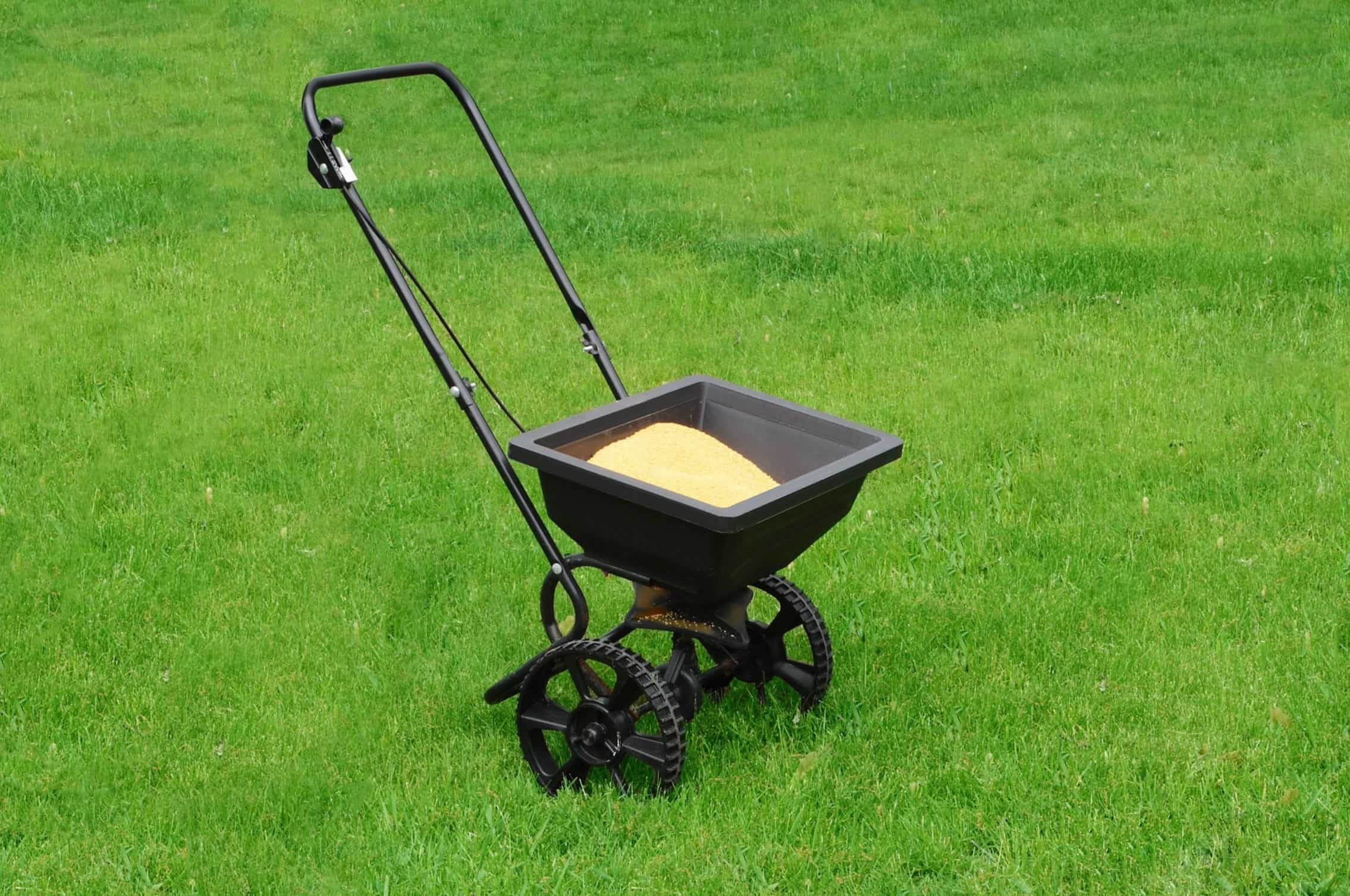

Garden Essentials
How Does Sulfur Heal Turf Grass
Modified: October 18, 2024
Learn how sulfur can heal and improve the health of your turf grass in your garden. Discover the benefits and methods for using sulfur effectively.
(Many of the links in this article redirect to a specific reviewed product. Your purchase of these products through affiliate links helps to generate commission for Storables.com, at no extra cost. Learn more)
Introduction
Welcome to the world of turf grass care, where the health and vitality of your lawn or sports field are of utmost importance. When it comes to maintaining lush green turf, there are numerous factors to consider, including proper watering, regular mowing, and effective fertilization. However, one often overlooked element in turf grass care is the role of sulfur.
Sulfur is an essential nutrient for plants, including turf grass. It plays a crucial role in the overall health and well-being of the grass, contributing to its growth, color, and disease resistance. Understanding the benefits of sulfur and how to effectively apply it to your turf grass can significantly enhance its appearance and resilience.
In this article, we will delve into the world of sulfur and explore its healing properties for turf grass. We will discuss the role of sulfur in turf grass health, the benefits it provides, different application methods, factors to consider, common mistakes to avoid, and potential risks to be aware of. By the end of this article, you will have a comprehensive understanding of how sulfur can help heal your turf grass and keep it thriving year-round.
Key Takeaways:
- Sulfur is crucial for turf grass health, promoting growth, vibrant color, disease resistance, and soil fertility. Proper application and monitoring can enhance turf vitality.
- When using sulfur on turf grass, consider soil pH, grass species’ sulfur needs, application methods, and potential risks. Balancing sulfur use ensures healthy, vibrant turf.
Read more: How Does Astro Turf Drain
What is sulfur?
Sulfur, with the chemical symbol S, is a naturally occurring element found in the Earth’s crust. It is a non-metal that can be found in various forms, such as minerals like pyrite and gypsum, as well as in volcanic gases. Sulfur has been used for centuries for a variety of purposes, including industrial applications, medicine, and agriculture.
In the context of turf grass care, sulfur is specifically used as a nutrient for plants. It is considered a secondary macronutrient, meaning that although plants require it in smaller quantities compared to primary macronutrients like nitrogen, phosphorus, and potassium, it is still essential for their growth and development.
Plants use sulfur to create proteins and enzymes, which are vital for numerous physiological processes. These include photosynthesis, chlorophyll production, nitrogen fixation, and DNA synthesis. Without sufficient sulfur, grass plants may experience stunted growth, yellowing of leaves, decreased disease resistance, and overall poor health.
Aside from being a crucial nutrient, sulfur also has unique properties that contribute to its healing effects on turf grass. It has fungicidal properties, helping to control various fungal diseases that can damage the grass. Additionally, sulfur can improve soil structure and nutrient availability, enhancing the overall health of the turf grass.
Now that we have a basic understanding of what sulfur is and its importance in turf grass care, let’s explore the specific role it plays in promoting the health of turf grass.
Role of sulfur in turf grass health
Sulfur plays a crucial role in maintaining the health and vitality of turf grass. It is involved in several important physiological functions within the grass plants, contributing to their overall well-being. Here are some key roles sulfur plays in turf grass health:
1. Protein synthesis: Sulfur is an essential component of amino acids, the building blocks of proteins. Proteins are vital for the growth and development of turf grass, as they are involved in processes such as cell division, enzyme production, and nutrient transport. Sufficient sulfur ensures that the grass can synthesize the necessary proteins to support its growth and resilience.
2. Chlorophyll production: Chlorophyll is the pigment responsible for the green color of plants and plays a critical role in photosynthesis. Sulfur is a key component of chlorophyll molecules, enabling grass plants to harness sunlight and convert it into energy. Without adequate sulfur, turf grass may have diminished chlorophyll production, resulting in a yellow or pale appearance.
3. Disease resistance: Sulfur has fungicidal properties that help turf grass combat fungal diseases. It can inhibit the growth and activity of certain pathogens, reducing the risk of diseases such as powdery mildew, rust, and dollar spot. By enhancing the grass’s natural defense mechanisms, sulfur can contribute to a healthier and more resilient turf.
4. Soil health: Sulfur plays a vital role in soil health and fertility. It helps to improve soil structure by promoting the formation of stable aggregates, which enhances drainage and root penetration. In addition, sulfur aids in the release and availability of other essential nutrients like nitrogen and phosphorus, ensuring that the grass has access to a balanced nutrient supply.
5. pH adjustment: Sulfur can also influence the pH of the soil, contributing to its optimal range for turf grass growth. Many grass species prefer slightly acidic soil conditions, and sulfur can be used to lower the pH if it becomes too alkaline. Maintaining the appropriate soil pH allows the grass to efficiently absorb nutrients and promotes a healthier root system.
By understanding the vital role that sulfur plays in turf grass health, we can now explore the benefits of incorporating sulfur into our turf grass care practices.
Benefits of sulfur for turf grass
Sulfur offers a range of benefits for turf grass, promoting its overall health and appearance. Incorporating sulfur into your turf grass care routine can provide the following advantages:
1. Enhanced growth: Sulfur is essential for protein synthesis and chlorophyll production, both of which are critical for turf grass growth. By providing an adequate supply of sulfur, you can support the grass’s ability to develop strong, healthy blades and establish a lush carpet-like appearance.
2. Improved color: Sulfur plays a significant role in maintaining the vibrant green color of turf grass. It is a vital component of chlorophyll, the pigment responsible for photosynthesis. Supplementing sulfur can enhance chlorophyll production, resulting in a deeper, more vibrant green hue for your turf.
3. Disease resistance: Sulfur has fungicidal properties and can effectively control various fungal diseases that commonly affect turf grass. By incorporating sulfur into your turf grass care regimen, you can minimize the risk of diseases like powdery mildew, rust, and dollar spot, resulting in a healthier, disease-resistant turf.
4. Enhanced nutrient uptake: Sulfur plays an essential role in improving soil structure and nutrient availability. It helps to create stable soil aggregates, which allows for better air circulation, water penetration, and root development. Additionally, sulfur aids in the release and absorption of other vital nutrients, such as nitrogen and phosphorus, ensuring optimal nutrient uptake by the grass.
5. Balanced pH: Sulfur can be used to adjust the pH of the soil, ensuring it falls within the preferred range for turf grass growth. Many grass species thrive in slightly acidic conditions, and sulfur can be applied to lower the pH if it becomes too alkaline. Maintaining the appropriate soil pH enables the grass to efficiently absorb essential nutrients and promotes a robust root system.
6. Improved stress tolerance: Sulfur supplementation can enhance the turf grass’s ability to tolerate environmental stresses, such as heat, drought, and traffic. It strengthens the grass’s natural defense mechanisms, making it more resilient and better equipped to withstand challenging conditions.
By incorporating sulfur into your turf grass care routine, you can enjoy the numerous benefits it offers, resulting in a lush, vibrant, and healthy lawn or sports field. Now that we’ve explored the advantages of sulfur, let’s delve into the various methods of applying sulfur to turf grass.
Sulfur application methods
When it comes to applying sulfur to turf grass, there are several effective methods to consider. The choice of application method depends on factors such as the specific needs of your grass, the type of sulfur product being used, and the size of the area being treated. Here are some commonly used sulfur application methods:
1. Granular sulfur: Granular sulfur is a popular and convenient option for sulfur application. The granules can be spread directly onto the turf grass using a broadcast spreader or a hand-held spreader. This method ensures even distribution across the desired area. Granular sulfur is especially useful for large-scale applications, such as golf courses or sports fields.
2. Liquid sulfur: Liquid sulfur is another effective option for sulfur application. It can be mixed with water and applied using a sprayer. This method allows for precise targeting of specific areas or problem spots. It is particularly beneficial for smaller areas or when treating localized issues, such as fungal infections or nutrient deficiencies.
3. Sulfur-coated urea: Sulfur-coated urea is a specialized sulfur product that combines the benefits of sulfur with the slow-release properties of urea fertilizer. It is often used to provide a gradual release of sulfur and nitrogen over an extended period. Sulfur-coated urea can be applied using a broadcast spreader, similar to granular sulfur.
4. Topdressing: Topdressing is a method that involves spreading a thin layer of soil or organic material mixed with sulfur over the turf grass surface. This process helps to improve soil structure, nutrient availability, and pH balance over time. It is commonly used in golf course maintenance and large-scale lawn care practices.
5. Inclusion in fertilizers: Sulfur is often included as an ingredient in fertilizers. This allows for convenient and simultaneous application of sulfur and other essential nutrients. Fertilizers containing sulfur can be applied using a spreader or sprayer, following the manufacturer’s recommended guidelines.
When using any of these sulfur application methods, it is crucial to ensure proper coverage and follow the recommended application rates. Additionally, it is advisable to perform a soil test prior to application to determine the current sulfur levels and verify the specific needs of your turf grass.
Now that we have explored the different sulfur application methods, let’s discuss some important factors to consider when applying sulfur to your turf grass.
Applying sulfur to turf grass can help to lower soil pH, making it more acidic. This can improve nutrient availability and root growth, leading to healthier and greener grass.
Read more: How Long Does Astro Turf Last
Factors to consider when applying sulfur to turf grass
When applying sulfur to turf grass, there are several factors to consider to ensure optimal results. Taking these factors into account will help you make informed decisions and effectively meet the specific needs of your turf. Here are some important considerations:
1. Soil pH: Before applying sulfur, it is crucial to test the soil pH. Sulfur is commonly used to decrease soil pH, making it more acidic. However, if the soil is already within the desired pH range for turf grass growth, applying sulfur may not be necessary or could lead to imbalances. Understanding the current soil pH will guide the appropriate amount of sulfur needed for correction.
2. Sulfur requirements: Different turf grass species have varying sulfur requirements. Some grasses may have higher sulfur demands, while others may be more tolerant to lower sulfur levels. Familiarize yourself with the specific needs of your turf grass species to determine the appropriate sulfur application rate.
3. Sulfur product type: There are various sulfur products available, each with its own characteristics. Granular sulfur, liquid sulfur, sulfur-coated urea, and sulfur-containing fertilizers all have distinct application methods and release rates. Consider the specific product and its properties before determining the best application method for your turf grass.
4. Timing and frequency: Timing is crucial when applying sulfur to turf grass. Ideally, sulfur should be applied when the grass is actively growing and can readily absorb the nutrient. Additionally, consider the frequency of application. For routine maintenance and preventive measures, a single application may be sufficient. However, in cases of severe sulfur deficiency or specific issues, multiple applications may be required.
5. Environmental conditions: Environmental factors such as temperature, moisture levels, and wind can impact the efficacy and even distribution of sulfur applications. Avoid applying sulfur during extremely hot and dry conditions, as it may stress the turf grass. Similarly, strong winds can lead to uneven distribution, resulting in patchy results. Opt for calm and cooler weather conditions for the best application outcomes.
6. Safety precautions: When working with sulfur products, it is essential to take necessary safety precautions. Read and follow the instructions provided by the manufacturer, including wearing protective equipment like gloves, goggles, and masks. Keep children and pets away from the application area until the sulfur has properly settled into the grass and the area has been watered, if required.
Considering these factors when applying sulfur to your turf grass will help you achieve the desired results and promote the overall health and appearance of your lawn or sports field. However, it is also important to be aware of common mistakes to avoid when using sulfur on turf grass, which we will discuss next.
Common mistakes to avoid when using sulfur on turf grass
When applying sulfur to turf grass, it is important to avoid certain common mistakes that can hinder the effectiveness of the treatment and potentially harm your turf. By being aware of these mistakes, you can ensure that your sulfur application yields the desired results. Here are some common mistakes to avoid:
1. Over-application: Applying too much sulfur can have detrimental effects on your turf grass. Excessive sulfur can lead to acidic soil conditions, which may harm the grass and inhibit the uptake of other essential nutrients. Always follow the recommended application rates and conduct a soil test to determine the specific sulfur needs of your turf.
2. Incorrect timing: Timing is crucial when it comes to sulfur application. Applying sulfur during periods of extreme heat, drought, or dormancy can stress the turf grass and result in damage. It is important to apply sulfur when the grass is actively growing and can readily uptake the nutrient. Consider the specific growth cycle of your turf grass species and plan your sulfur application accordingly.
3. Uneven distribution: Achieving an even distribution of sulfur is key to ensuring consistent results. Uneven distribution can lead to patchy areas of over-fertilization or under-fertilization, resulting in an inconsistent appearance. Use the appropriate application method, such as a spreader or sprayer, and follow proper techniques to ensure an even spreading of the sulfur product.
4. Ignoring soil conditions: Sulfur applications may interact with the existing soil conditions, especially the pH. Ignoring the initial soil pH and failing to monitor changes in pH after sulfur application can lead to imbalances and nutrient deficiencies. Conduct a soil test prior to application and monitor the pH regularly to make necessary adjustments.
5. Neglecting other nutrient requirements: While sulfur is an essential nutrient for turf grass, it is important to remember that it is not the only nutrient the grass needs. Neglecting other nutrient requirements, such as nitrogen, phosphorus, and potassium, can lead to imbalances and hinder the overall health of the turf. Incorporate a well-rounded nutrient management plan that addresses all the necessary macronutrients and micronutrients.
6. Failing to water appropriately: Watering after sulfur application is typically recommended to ensure the sulfur is properly incorporated into the soil and taken up by the grass roots. Failing to water adequately can result in sulfur staying on the grass blades, potentially causing burn or discoloration. Follow the recommended watering guidelines to encourage proper absorption and minimize any negative effects.
By avoiding these common mistakes, you can maximize the benefits of sulfur application and promote the health and appearance of your turf grass. However, it is also essential to be aware of any potential risks or considerations associated with using sulfur on turf grass, which we will explore in the next section.
Potential risks and considerations when using sulfur on turf grass
While sulfur is generally safe and beneficial for turf grass when used correctly, there are some potential risks and considerations to be aware of. Understanding these factors will help you make informed decisions and ensure the health and safety of your turf. Here are some important points to consider:
1. Acidic soil conditions: Sulfur is commonly used to lower soil pH, making it more acidic. However, excessive sulfur application can lead to excessively acidic soil conditions. This can have negative effects on the turf grass and inhibit the uptake of other essential nutrients. It is important to monitor the soil pH regularly to avoid imbalances and adjust sulfur applications accordingly.
2. Potential for nutrient imbalances: While sulfur is an important nutrient for turf grass, it is essential to maintain a balanced nutrient profile. Overemphasis on sulfur application without considering other nutrient requirements can lead to imbalances and deficiencies in other essential nutrients. Incorporate a comprehensive nutrient management plan to ensure the turf grass is receiving all the necessary macronutrients and micronutrients.
3. Risk of over-application: Over-application of sulfur can have detrimental effects on turf grass. Excessive sulfur can result in acidic soil conditions and may lead to turf damage or inhibition of nutrient uptake. Always follow the recommended application rates and conduct a soil test to determine the specific sulfur needs of your turf.
4. Sensitivity of certain grass species: Some turf grass species may be more sensitive to sulfur than others. It is important to be aware of the potential sensitivity of your specific turf grass species before applying sulfur. Conduct research or consult with a turf grass specialist to ensure that the sulfur application will not harm or cause undesired effects on your specific grass species.
5. Environmental impact: Sulfur can have environmental implications, particularly if applied in large quantities or inappropriately. Excessive sulfur runoff can potentially contribute to water pollution and harm aquatic ecosystems. Be mindful of environmental regulations and best management practices when applying sulfur to turf grass, and avoid overuse or improper disposal of excess sulfur.
6. Safety precautions: When handling and applying sulfur products, it is important to follow safety precautions outlined by the manufacturer. This may include wearing protective equipment, such as gloves and goggles, and ensuring proper ventilation during application. Keep children and pets away from recently treated areas until the sulfur has properly settled or been watered, as specified by the manufacturer.
By being aware of these potential risks and considerations, you can take the necessary precautions and make informed decisions when using sulfur on turf grass. With proper application and monitoring, sulfur can be a valuable tool in promoting the health and vitality of your turf.
After considering these points, it is evident that sulfur can be a highly beneficial nutrient for maintaining the health and beauty of turf grass. By understanding its role, benefits, application methods, and potential risks, you are now equipped to effectively incorporate sulfur into your turf grass care routine. Remember to always follow recommended guidelines, conduct soil tests, and monitor the health of your turf to ensure optimal results. By utilizing sulfur, you can nurture lush, vibrant turf that will be the envy of the neighborhood or sports field.
Conclusion
In conclusion, sulfur plays a vital role in the health and vitality of turf grass. It is an essential nutrient that supports various physiological functions, promoting growth, color, disease resistance, and overall well-being. By understanding the benefits of sulfur and implementing it into your turf grass care routine, you can achieve a lush, vibrant lawn or sports field.
Throughout this article, we have explored the importance of sulfur and its healing properties for turf grass. We have discussed its role in protein synthesis, chlorophyll production, disease resistance, soil health, and pH adjustment. By providing sulfur to your turf grass, you can enhance growth, improve color, boost disease resistance, increase nutrient uptake, and promote stress tolerance.
When applying sulfur to turf grass, it is important to consider various factors. These include soil pH, sulfur requirements based on turf grass species, the type of sulfur product being used, timing and frequency of application, environmental conditions, and safety precautions. By considering these factors, you can ensure the proper application of sulfur and avoid common mistakes that may hinder its effectiveness.
While sulfur offers numerous benefits for turf grass, it is essential to be aware of potential risks and considerations. These include the risk of acidic soil conditions, the potential for nutrient imbalances, sensitivity of certain grass species, environmental impact, and the need for safety precautions. By understanding and managing these factors, you can mitigate potential risks and ensure the well-being of your turf and the surrounding environment.
Incorporating sulfur into your turf grass care routine requires a thoughtful approach. It is important to strike a balance between providing sufficient sulfur for the grass’s needs without over-applying and causing imbalances or harm. By following recommended guidelines, conducting soil tests, and monitoring the health of your turf, you can effectively utilize sulfur to promote a healthy and vibrant turf.
In your journey to maintain a beautiful turf, remember to stay informed, adapt to the specific needs of your turf grass, and seek guidance from experts when needed. With the proper use of sulfur and comprehensive turf grass care, you can create a stunning landscape or sports field that will bring enjoyment for years to come.
Frequently Asked Questions about How Does Sulfur Heal Turf Grass
Was this page helpful?
At Storables.com, we guarantee accurate and reliable information. Our content, validated by Expert Board Contributors, is crafted following stringent Editorial Policies. We're committed to providing you with well-researched, expert-backed insights for all your informational needs.
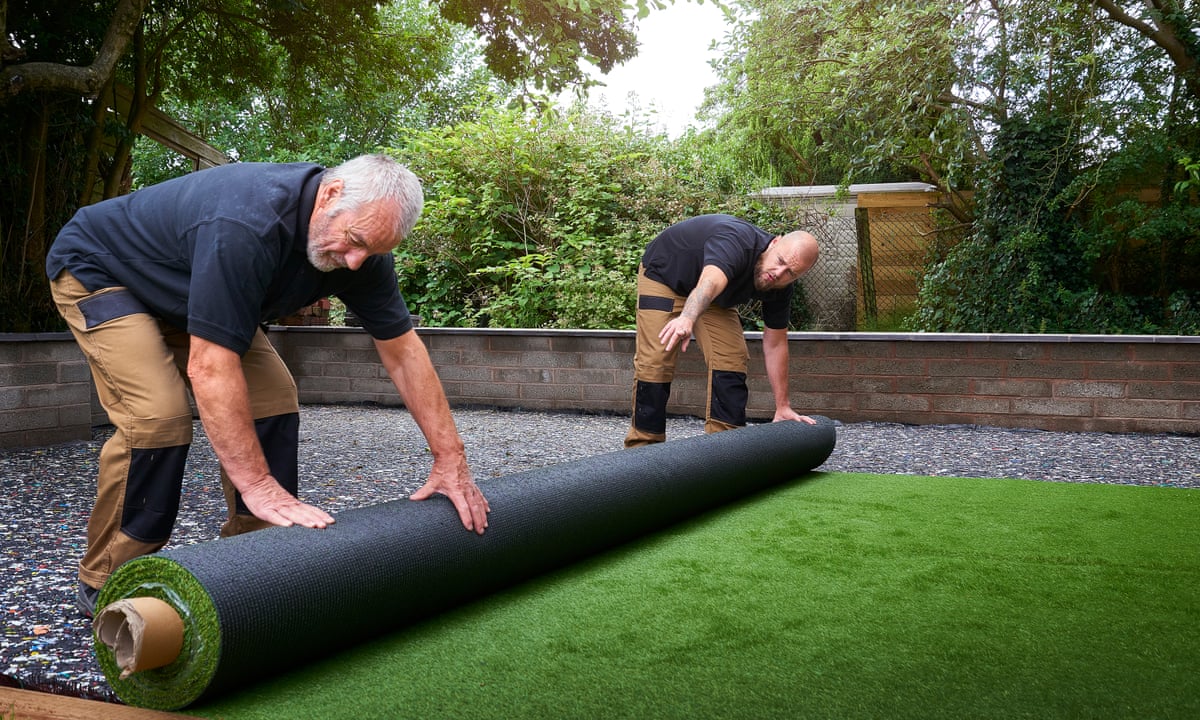
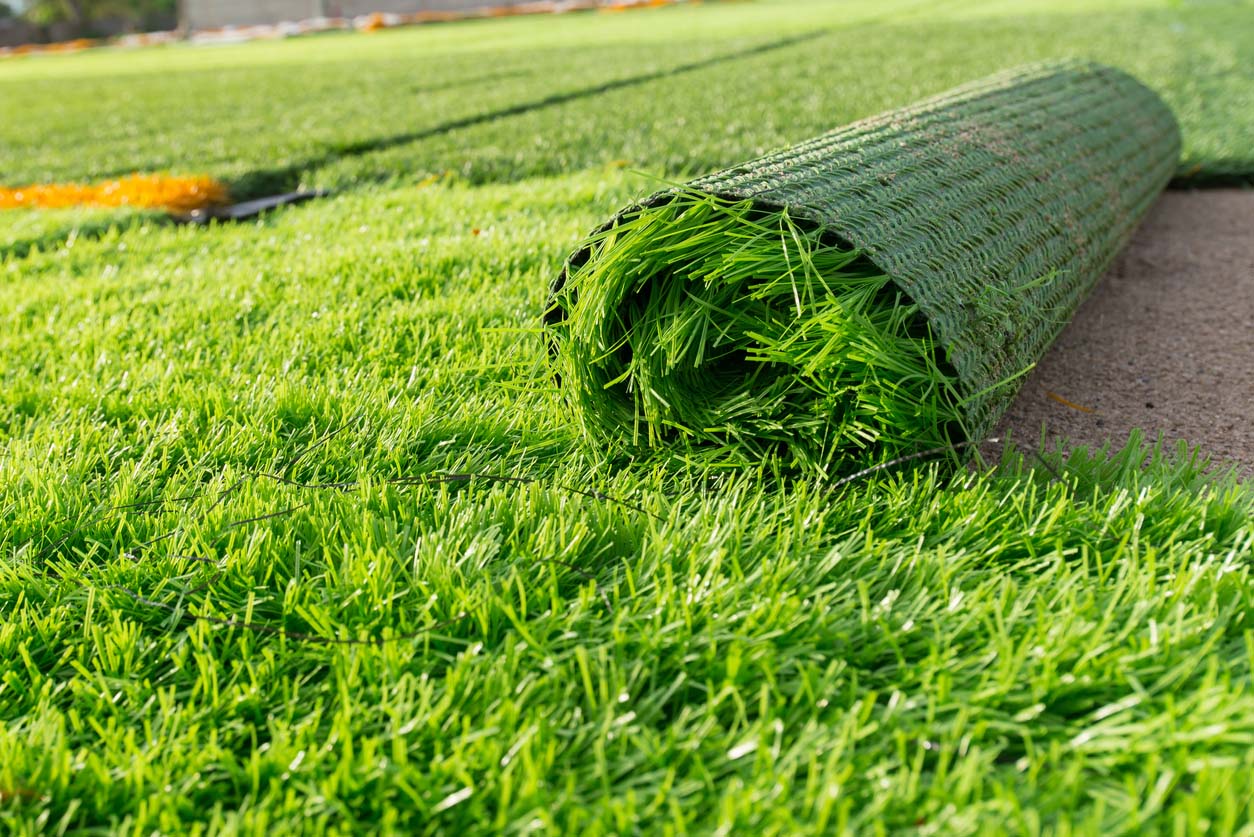
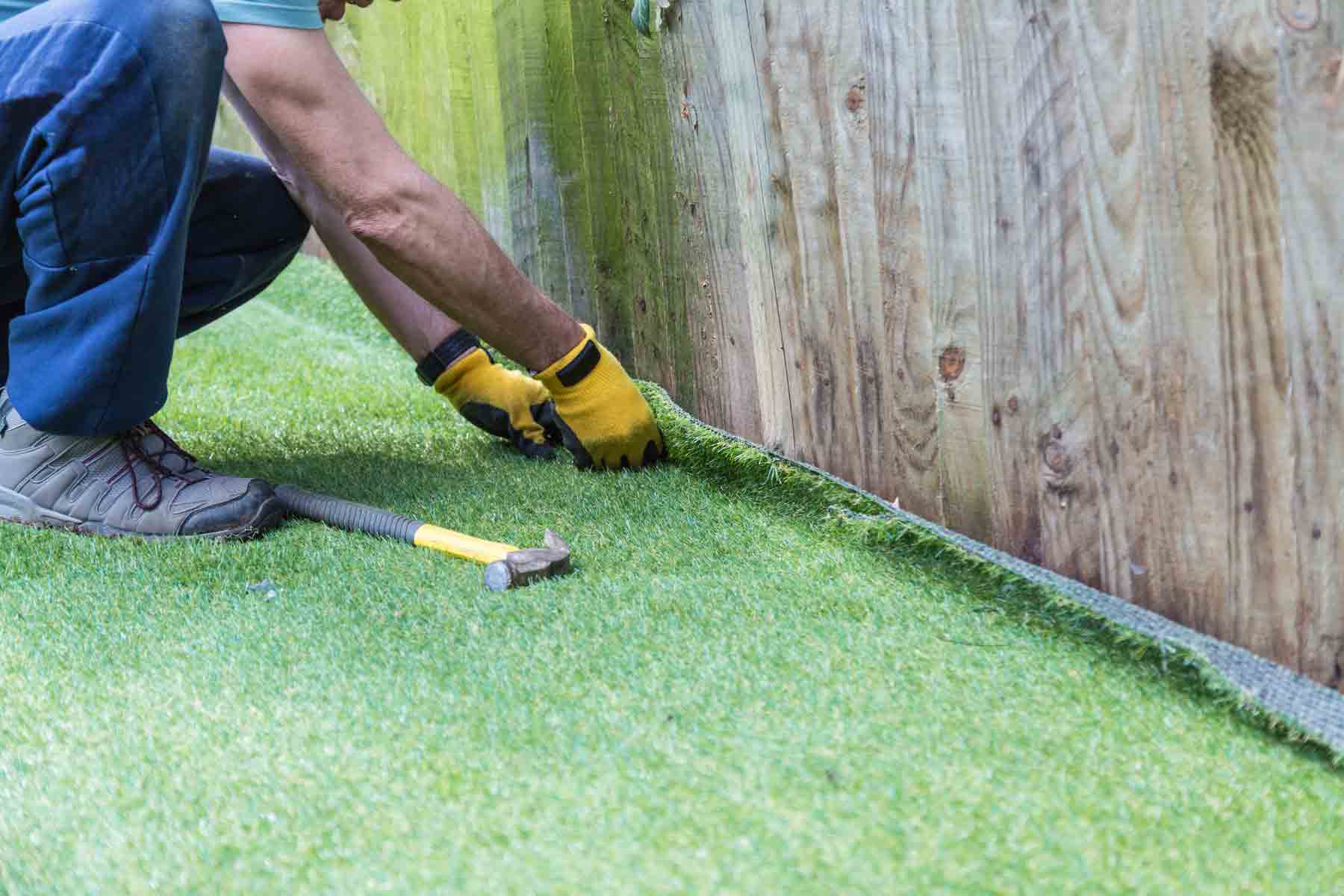
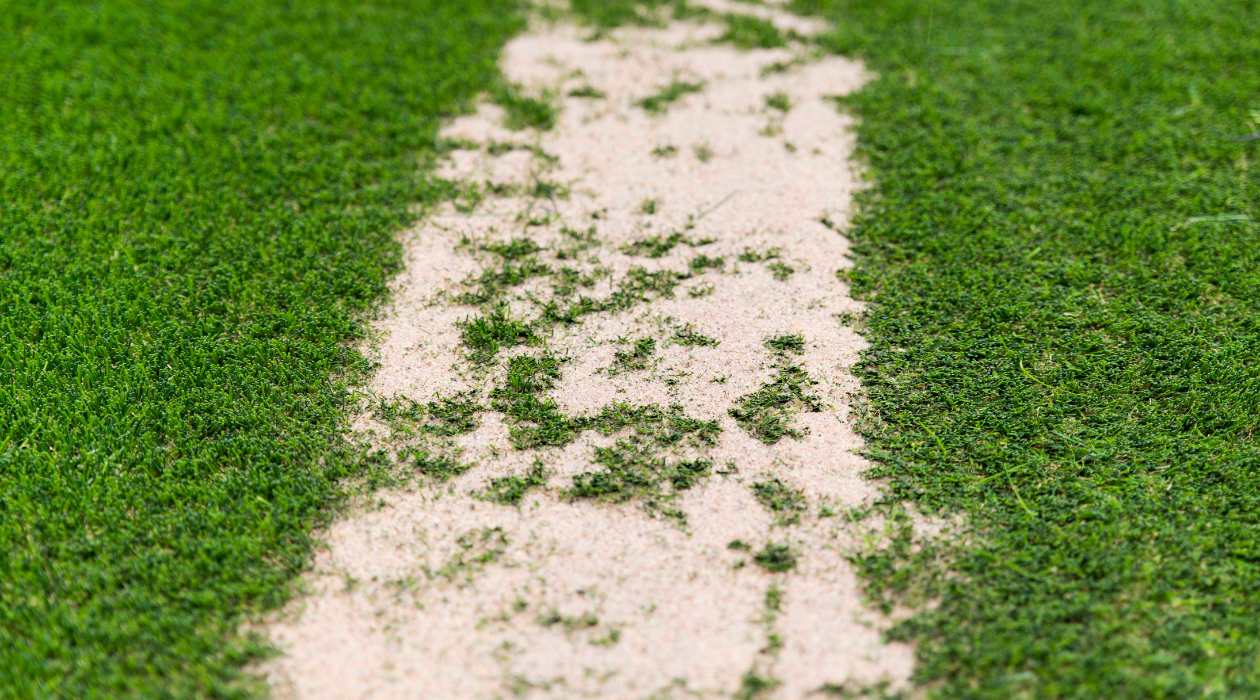
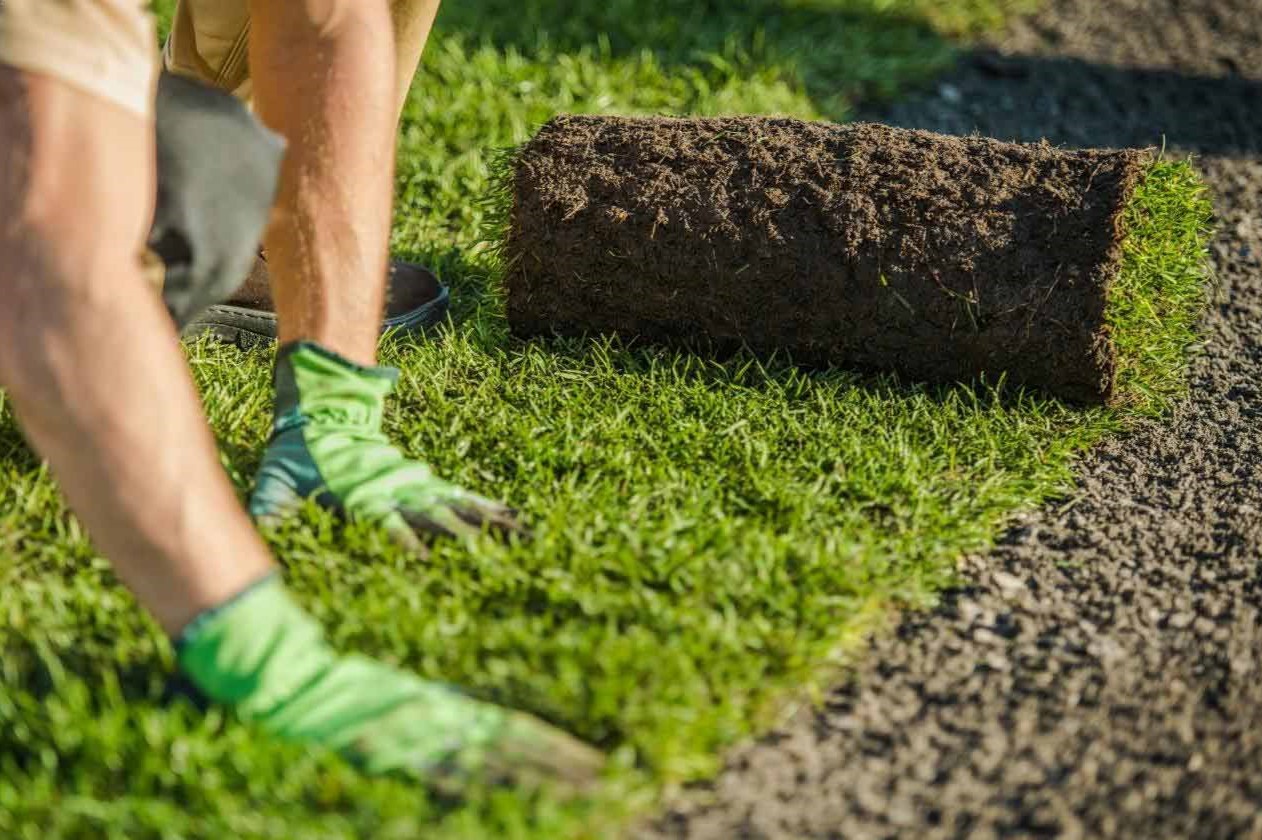
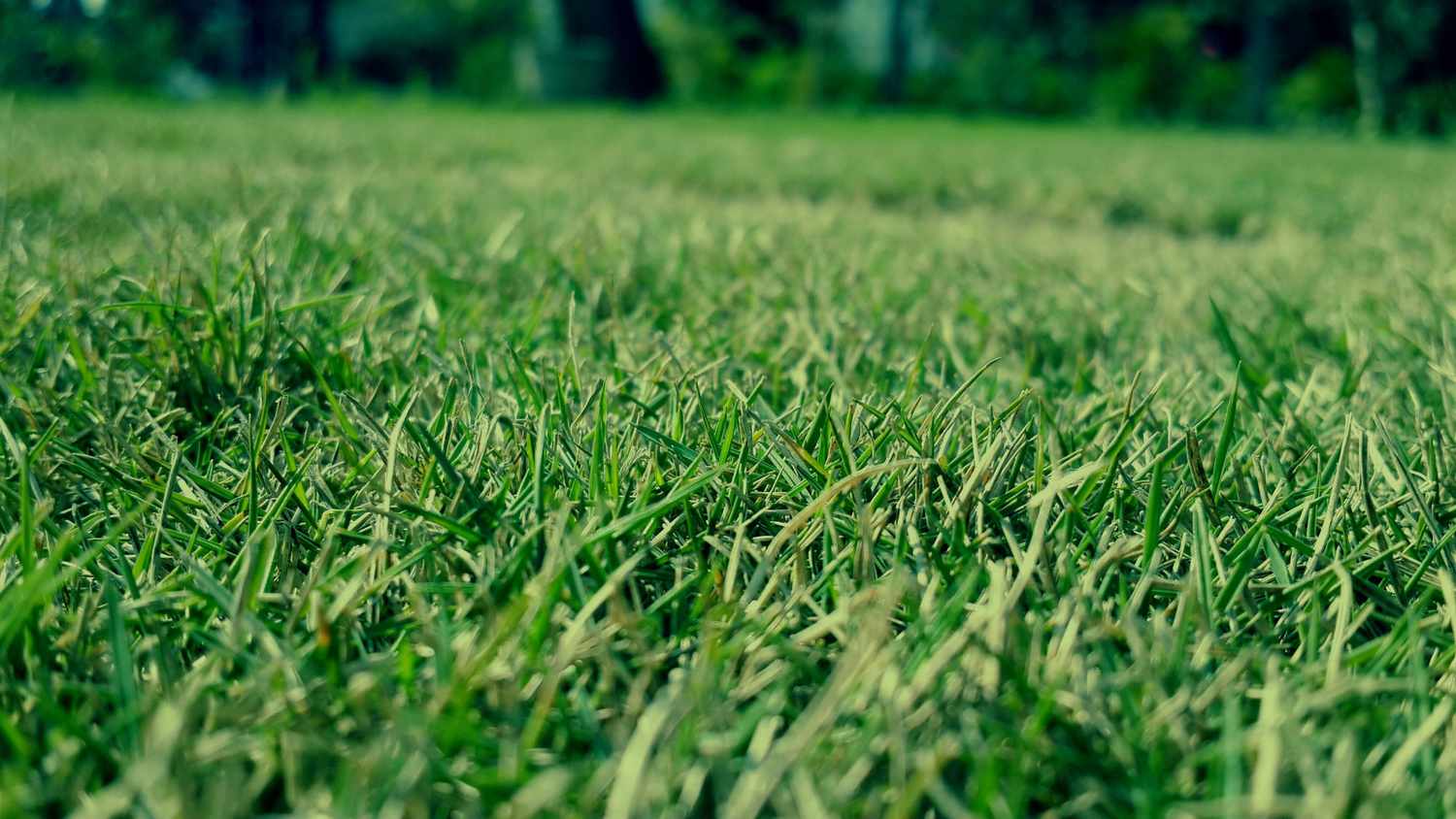
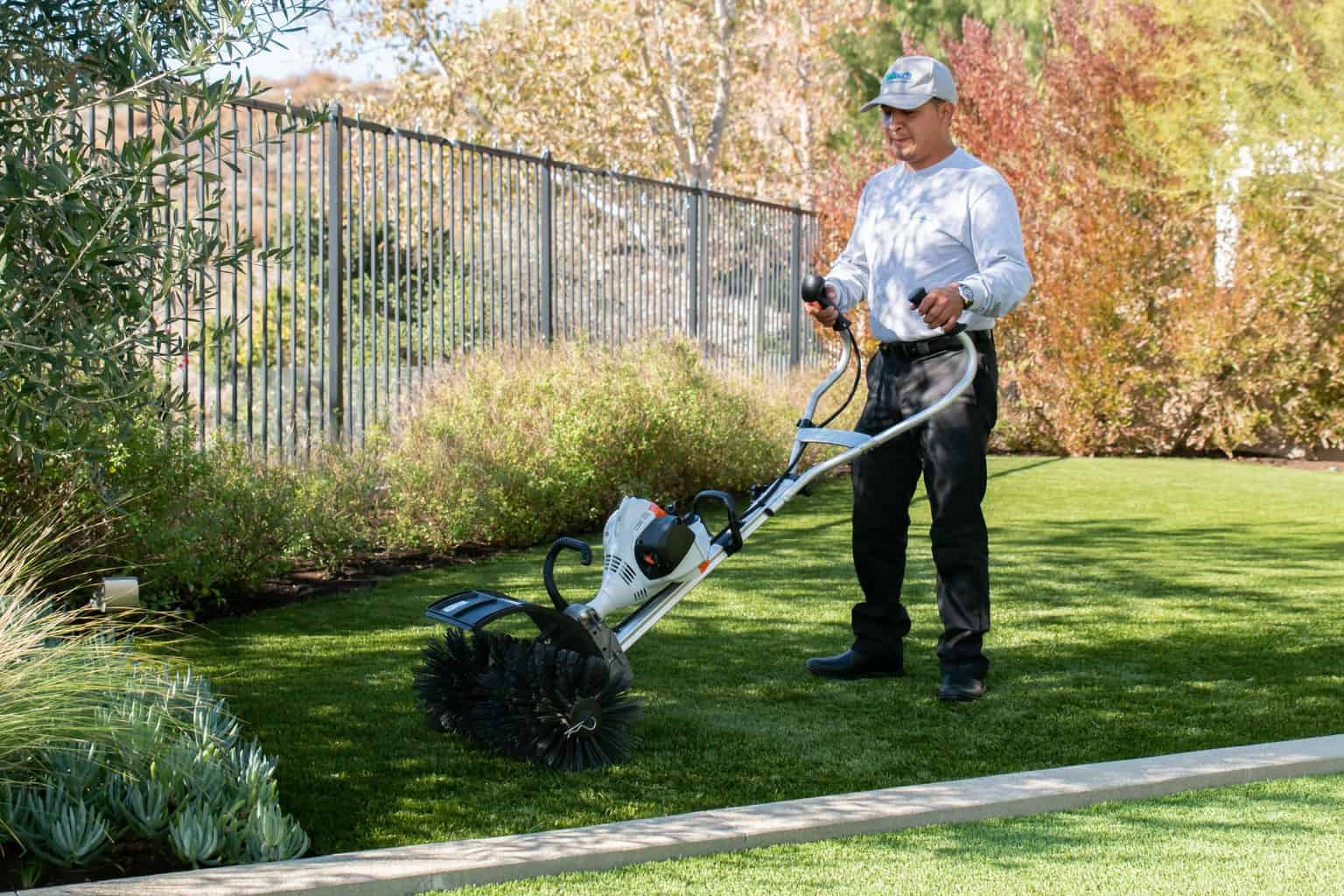




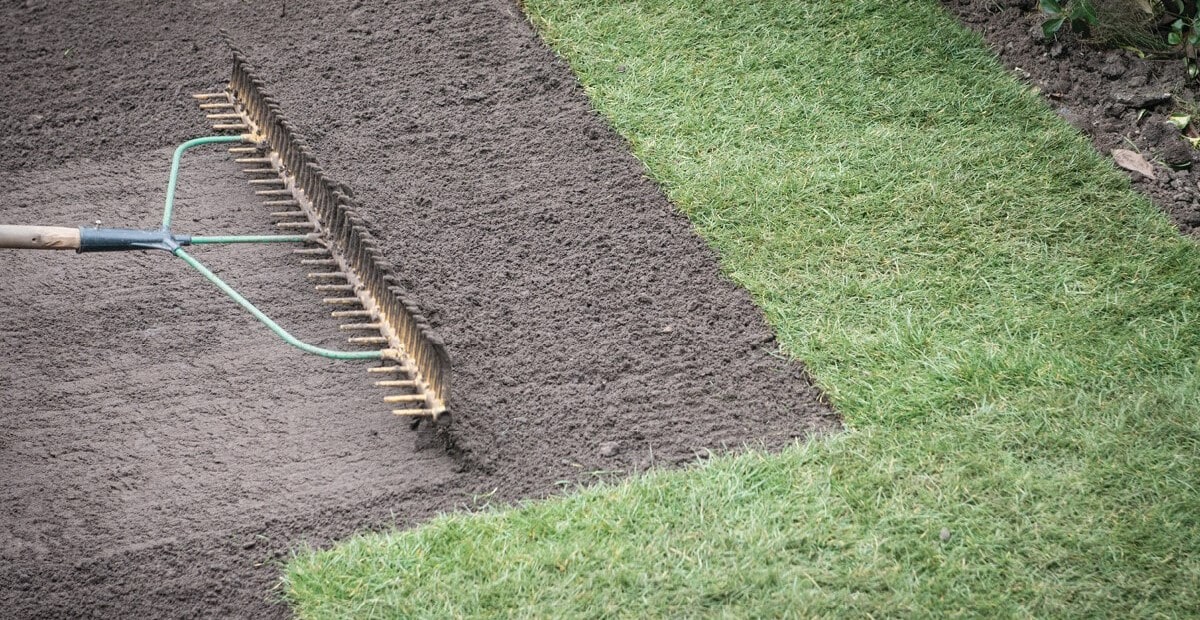
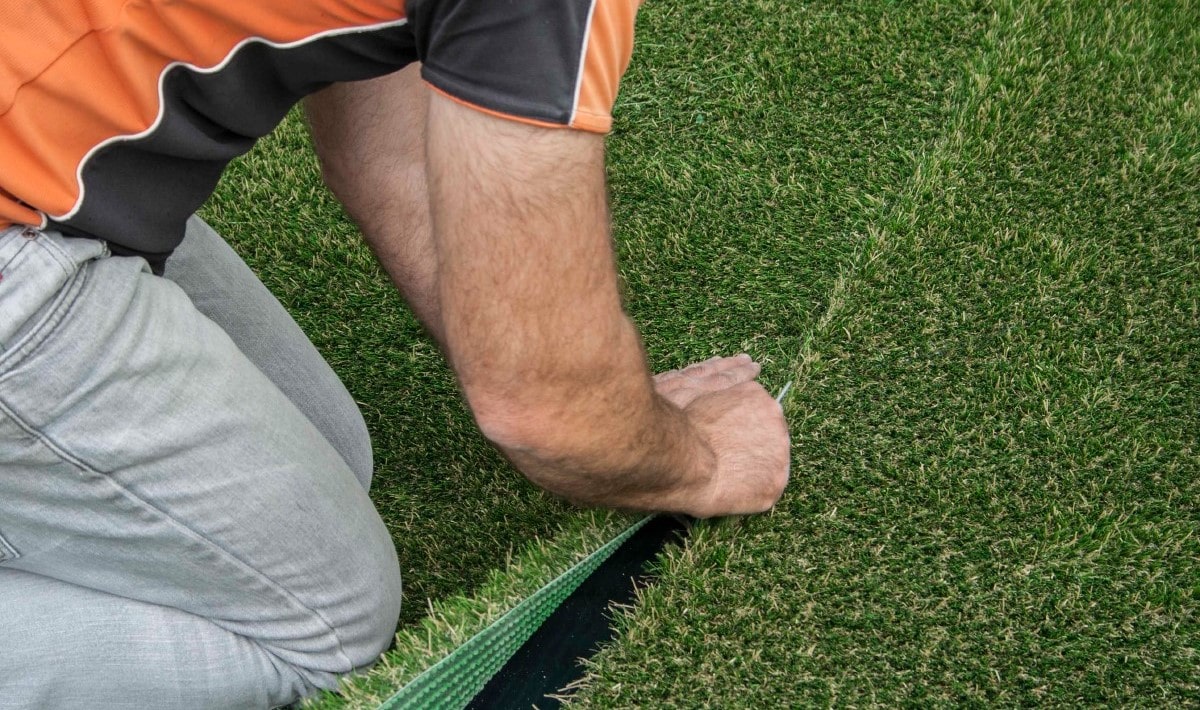
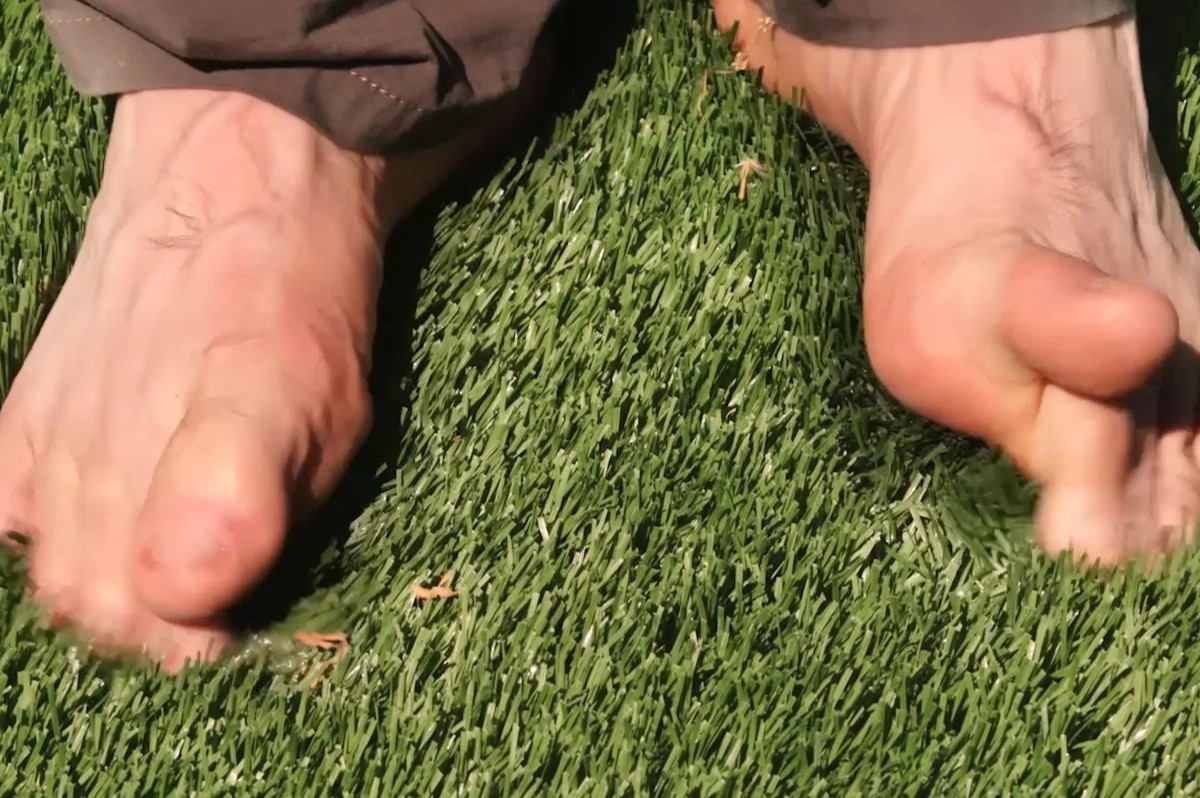

0 thoughts on “How Does Sulfur Heal Turf Grass”